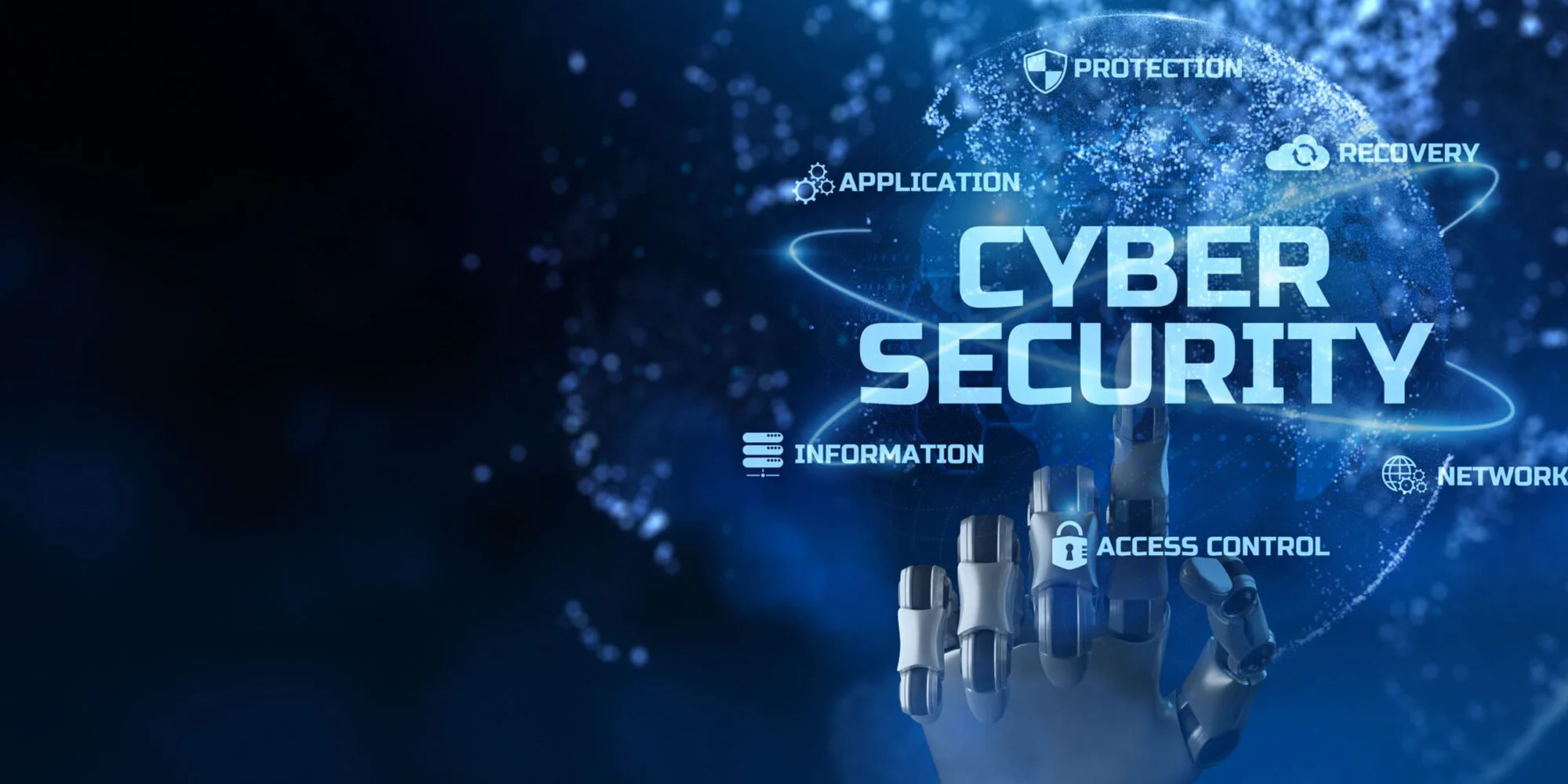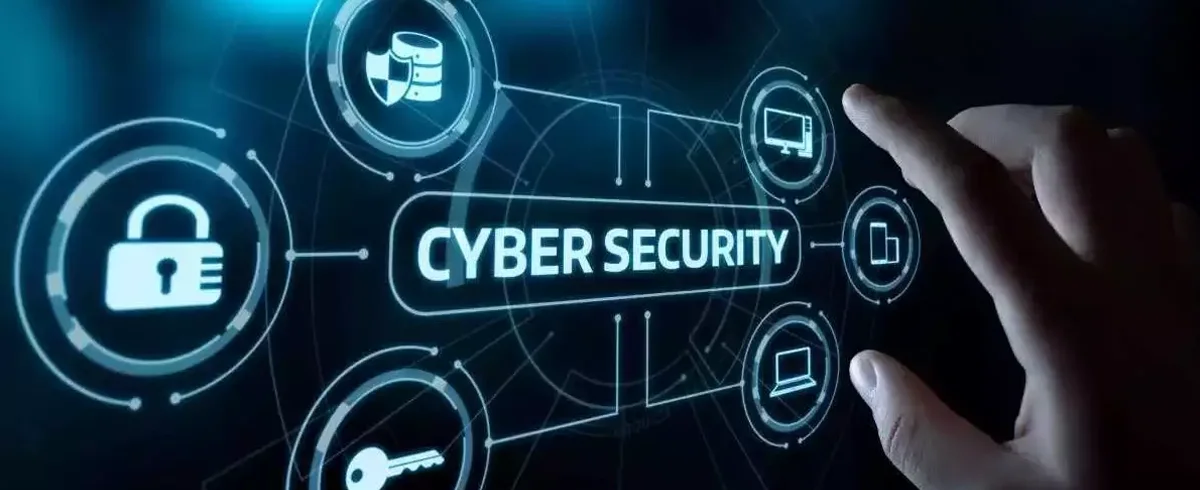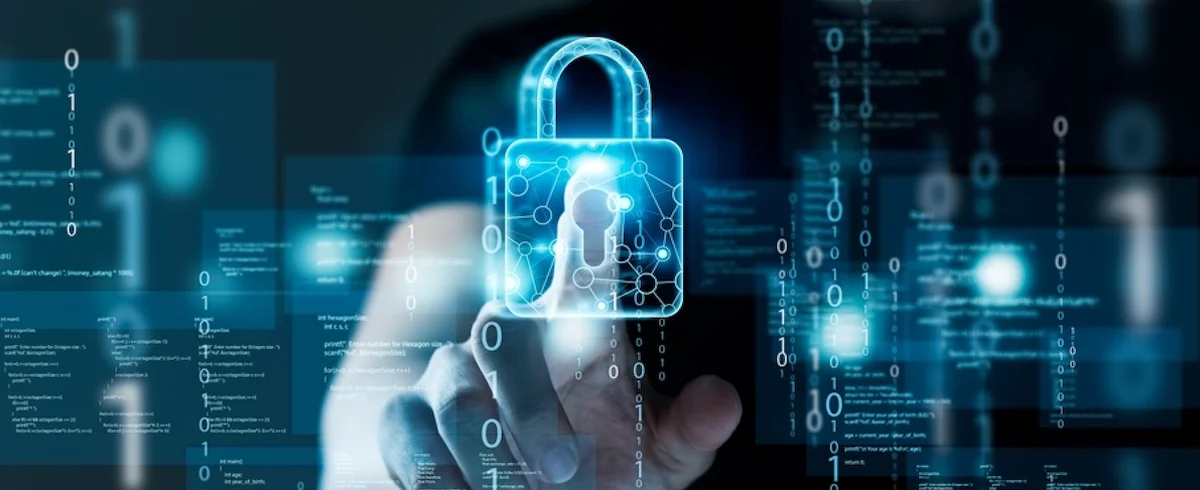Necessary Always Active
Necessary cookies are required to enable the basic features of this site, such as providing secure log-in or adjusting your consent preferences. These cookies do not store any personally identifiable data.
|
||||||
|
||||||
|
||||||
|

We saw a new wave of digitalization taking root due to the global pandemic. This accelerated digitalization and businesses have to shift their work online.
As we step into 2021, businesses are looking for new cybersecurity trends to strengthen their vulnerable IT infrastructure. Hence, cybersecurity is probably one of the hottest topics in the business landscape.
Businesses are starting to take cybersecurity seriously because of the ever-rising case of data leaks and other threats. To understand the reason better, let’s look at the numbers:
For companies, such kinds of attacks can drain them of time, money, and resources. The cost of attacks due to vulnerable infrastructure:
Meanwhile, the number of cyberattacks continues to grow every year making it a must to be aware of the emerging trends in cybersecurity trends.
In this blog post, we have compiled a list of the top cybersecurity trends in 2024 that businesses need to avoid malicious activities. Keep reading for more:

In 2021, one of the top cybersecurity trends is protection from phishing attacks and this trend is here to stay. Today, phishing isn’t limited to emails anymore but SMS, social networking platforms, and phone calls are among the growing phishing channels.
Cybercriminals are tricking victims into handing them different kinds of credentials (like login), personal data, and transferring money directly.
It is better to check the installed SSL certificate on the browser. To do so, you need to check HTTPS and a secured padlock. There may be any reputed SSL certificate like a wildcard SSL certificate in case of a site runs on different subdomains. The same can be checked with other types of SSL certificates.
In 2021, cybercriminals have access to sophisticated tools that will automate the manual aspects of phishing.
Combining such tools with data scan programs from social media networks will enable phishers to send thousands of detailed phishing emails with customized content to each victim.
Such a kind of attack will dramatically increase and the volume of phishing emails attackers can be sent at once. This will in turn improve their success rate.
In 2021, cybersecurity jobs will remain unfulfilled which means that there will be a gap of people for your cybersecurity.
But as the demand for cybersecurity specialists will be exceeding supply, small security teams have to deal with the rising number of threats every day.
One of the ways is too automated security solutions. However, as we cannot replace the cybersecurity experts completely tools can help resist recruitment issues.
Past few years, almost every business has shifted its infrastructure to the cloud. Plus, the pandemic has increased the importance cloud. During this time, cloud security has become another critical cybersecurity trend in the industry as the number of cloud-related threats is growing.
Business enterprises are at risk of data breaches as they are connected with poorly secured data and unauthorized services.
Besides, cloud service provides such as Google and Microsoft don’t make this situation easier. These companies don’t provide protected solutions which will protect you from attacks on your side. This will mean that phishing, human error, and synchronization errors are still a threat.
For businesses present online, securing their personal data has become a top priority. Today, it is getting difficult to ignore data privacy concerns with the rising number of data breaches.
To tackle the matters, European Union has passed the General Data Protection Regulation act (known as GDPS) and the California government has passed California Consumer Privacy Act (known as CCPA).
Here are some rules from these acts:
In 2020, we should expect more acts like those as governments are trying to push organizations and establish some cybersecurity rules. Even with the looming threat, some companies are taking their security seriously while others continue to ignore them.
On other hand, similar acts can emphasize the creation of encryption backdoors and allows governments to access encrypted data for dispensing justice.
Tech security specialists, professionals, and developers constantly work under pressure to complete tasks in less time. Automation and integration are great ways to save time, reduce workload, and raise overall productivity.
Organizations that follow DevOps and CI/CD processes reach risk management at the required development, quality, and speed.

We are living in a socially connected village, but global connectivity brings the problems of cybersecurity. For instance, there was a rise in banking and other malware.
This means only one thing that it the data we are using for payments is more vulnerable than ever.
Cybercriminals are making even better and stronger attempts to get using SMS, email, social media posts, and other methods to get banking credentials.
Politics have come in the middle of the cybersecurity landscape because some countries are unofficially supporting cybercriminals.
They are especially helping them execute stealing sensitive governmental data, DDoS attacks, spreading misinformation, and doing things that potentially threaten national security.
Meanwhile, political interference in cybersecurity has become another common problem. This is because many cybercriminals are launching disinformation campaigns that can affect public opinion before elections or other political events.
One way to tackle this problem is by taking this matter under the control of an enterprise and governments. Both entities should work together to build solutions that can detect vulnerabilities and eliminate them.
Internet of Things has evolved to become a necessity today. However, this technology is more vulnerable than ever. F-Secure’s report says that the attack traffic has seen a three-times increase and raised to 2.9 billion events in the first quarter of 2019.
Issues such as non-encrypted personal data, hardcoded passwords, wireless communication security issues, un-updated software, firmware from unverified sources, and others are actual threats connected with IoT devices. These devices are placed at home and public places, or in the enterprise.
NAS servers and routers can be compromised so get access to sensitive data or use it as a focal point for future attacks. Meantime, devices used at homes can be used to steal personal data which benefits cybercriminals.
Hence, IoT devices vulnerability solution is going to be one of the cybersecurity trends in 2021.
Artificial intelligence and machine learning are both good and bad guys these days. On one side, AI and ML are being used by enterprises to combat cybersecurity threats. On the other, they are letting fraudsters spread misinformation such as deepfake photos and videos.
Besides, AI and ML are also helping them with malware development and preparation for cyberattacks. Deep learning algorithms can be used for detecting threats, face detection, processing natural language, and so on.
We are curious to see where this cybersecurity trend will lead in the year 2021 and beyond.
Today, software and hardware are connected like never before. It is not just putting a risk on IoT devices we use in our everyday life but also the entire infrastructure around them.
Although, with smart cars and cities we are getting closer to the dream they are also bringing a lot of vulnerabilities that cybercriminals can exploit. Hence, it is crucial to secure transport infrastructure for a better future.
The deployment of the next-generation mobile internet (or 5G) is underway. This means that using our beloved IoT gadgets will become easier. But it will also make humanity more vulnerable to cyber threats and cybercriminals.
5G network has a complex architecture that needs certain high-security measures. Many vendors aren’t complying with the security standards. Hence, unsecured spots can be detected by hackers and they can leverage it to compromise personal and enterprise data.
Verizon says that 34% of cyberattacks involved internal factors in 2019 which means that the employees might be involved in data leaks. This can be intentional or unintentional, but if it is unintentional that means we need to educate employees on cybersecurity.
Antiviruses and many other applications use sandbox technology to spot malware attacks. They allow different programs to “play” in their sandbox. This step separates them from one another and secures them from malware.
However, as cyber attracts are become powerful, more and more sophisticated threats that can bypass sandboxing are popping up.
For a simple solution, cyber specialists have come up with a range of technologies to protect businesses from attack. But, shortly, we will see this type of malware evolve and learn to bypass barriers. Hence, it is another important emerging trend in cybersecurity.
Similar to any other type of insurance, businesses need to have a cyber insurance policy. It is aimed at helping companies mitigate risks from cyberattacks connected with money losses.
A report by PWS says that some U.S. companies already have some type of cyber risk insurance.
In this blog post, we have covered the top 14 Cybersecurity Trends and Predictions. We have tried to cover the main points; have we missed any?
In case, we missed any do let us know in the comments below.
Sign up to receive our newsletter featuring the latest tech trends, in-depth articles, and exclusive insights. Stay ahead of the curve!